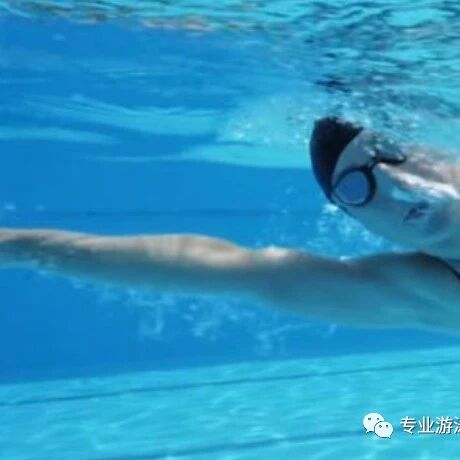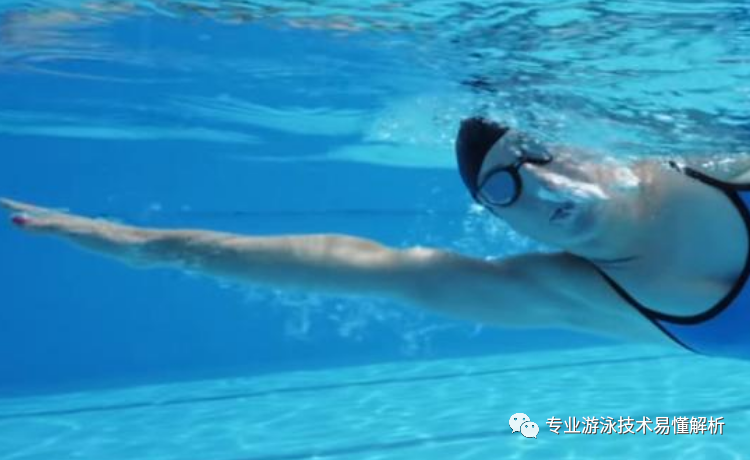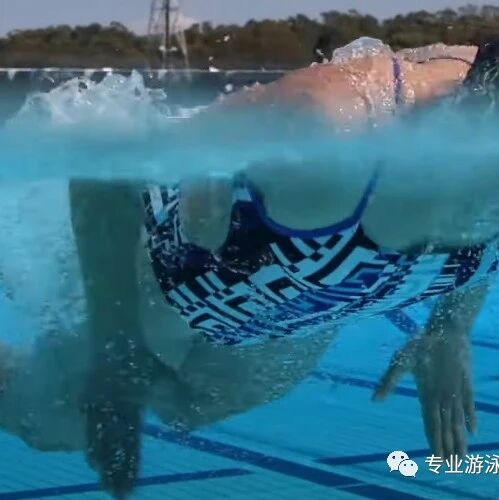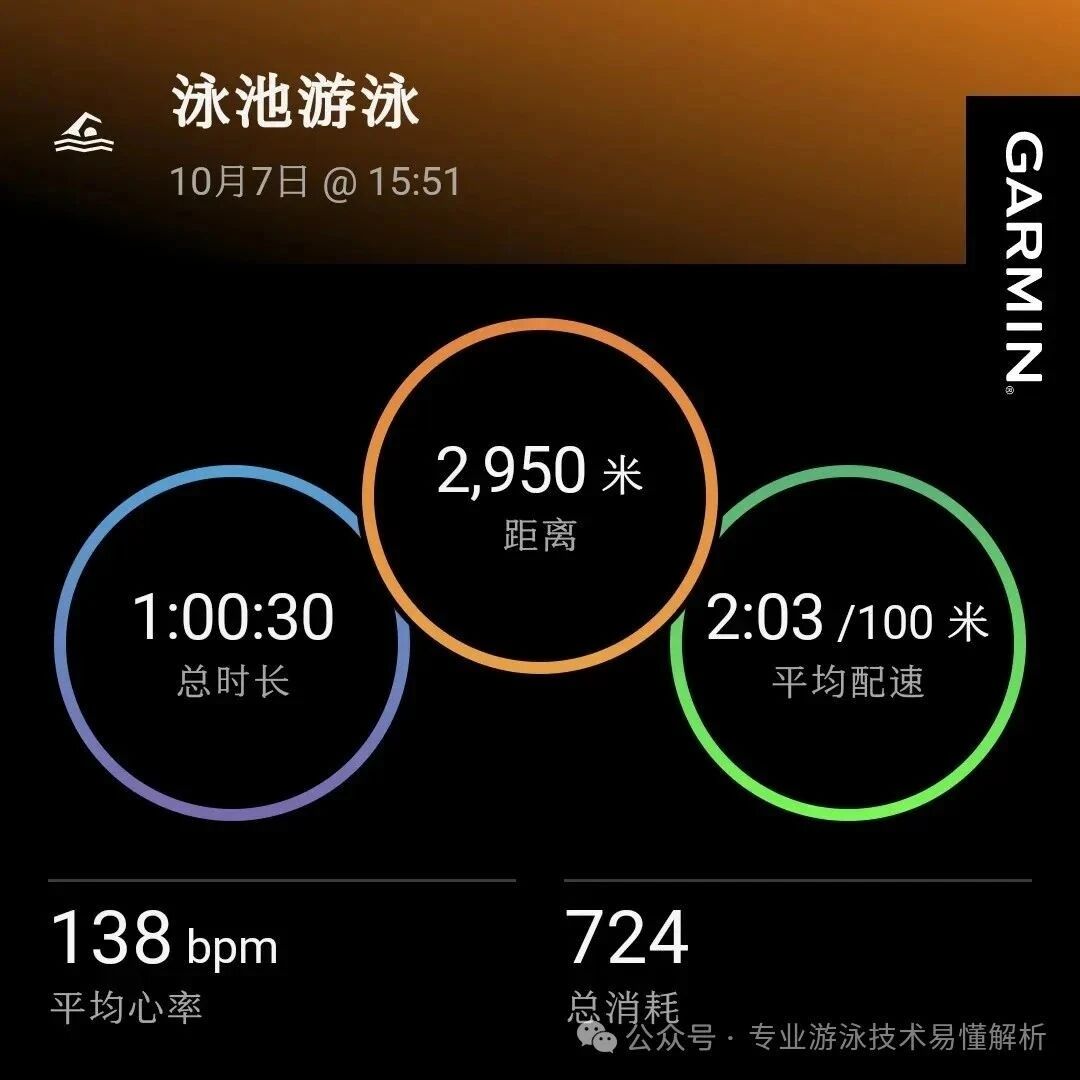How exactly is a swimmer's injury caused? When you're swimming in the water, don't go against it.

It is widely known that swimming is one of the sports with the lowest risk of physical injury—but that doesn’t mean swimmers are entirely immune to harm. Like injuries in other sports, improper swimming techniques are the primary cause of swimming-related injuries. Additionally, even when performing correct movements, overexerting oneself or making sudden, explosive bursts of energy can also lead to injury. After all, the reason humans can glide effortlessly through water lies in aligning our movement principles with the unique properties of water: smooth, gentle, fluid, and natural. Every stroke should be guided by an intuitive sense of the water’s flow—rather than striving to "conquer" it. In fact, the most effective "conquests" often stem from learning to "adapt" seamlessly to the aquatic environment.

1. Movement is the transfer of force—be mindful that joints can become the focal points where that force is applied.
All movement involves the transfer of force through the body, relying on joints to channel and transmit that energy outward. When an external object can, in turn, sustain and pass on this transferred force, it effectively becomes an "extension of the body"—like a sword or a badminton racket. However, if the external object cannot continue transmitting the force and is instead forced to absorb it directly from the body, it no longer functions as an extension but instead becomes the recipient of that force—such as a shuttlecock in badminton.
Returning to the topic of swimming, when you swim, your body should allow force to flow freely throughout—avoiding situations where joints become the primary point of force application. For example, when performing a stroke, if you extend your arms fully and push the water straight from the shoulder joint, the shoulder ends up bearing the brunt of the force rather than distributing it effectively. Over time, this can inevitably lead to injury. Of course, muscles naturally surround and protect the joints; and when those muscles are strong enough, they can help absorb and disperse the stress placed on the joints. That’s precisely why building muscle strength is one of the main goals of fitness training.

2. Maintaining good posture is crucial while swimming.
Just as the body can exert force on external objects, external objects can also exert forces back on the body. During swimming, water resistance and buoyancy constantly act upon the body—so adopting the right posture is key to minimizing drag. For instance, keeping the head stable, extending the arms fully, and elongating the body’s shape all help reduce resistance.
In particular, when propelling forward, the leading arm should maintain a straight line while ensuring the shoulder remains higher than the elbow, which in turn stays above the wrist. The palm should point diagonally downward, preventing water resistance from lifting the arm upward and avoiding excessive strain on the shoulders.
Some swimmers, meanwhile, either under-rotate their bodies, over-rotate, or alternate between too much and too little rotation—and in some cases, the left and right sides rotate unevenly. These imbalances disrupt proper swimming form, so the only effective way to correct them is through consistent practice in the water.

3. The Body Parts Most Prone to Injury in Swimming
It’s okay if your swimming movements aren’t perfectly polished during practice—just keep working at it gradually. However, be sure to avoid putting unnecessary strain on your joints. In other words, the force generated by your body should flow smoothly and naturally through your joints without any abrupt stops. Any pause in this natural transfer of power means the force is halted, placing extra stress on the joints—and unfortunately, joint injuries become almost inevitable as a result.
The most commonly injured areas are the shoulders, neck, back, and knees. When performing the freestyle stroke, make full use of your body’s lateral rotation—this engages the large muscle groups in your back during the pull phase. More importantly, this technique ensures that excess force isn’t directly transferred to the shoulder joint; instead, it flows smoothly through your body as you rotate, effectively dissipating any strain and reducing the risk of shoulder injuries. When breathing in freestyle, your head should move in sync with your body’s lateral rotation. Forcing your head to turn independently increases the risk of neck injuries. Similarly, in breaststroke, focus on leveraging the power generated from the water-holding phase rather than relying solely on your back muscles to lift your upper body. Overexerting these muscles can easily lead to back pain or injury. Of course, the breaststroke kick involves a rotational motion at the knees, so adults should avoid performing this kick too forcefully or explosively, opting for smoother, controlled movements instead.
Related Articles

Learn about the history and origins of butterfly swimming, and get ready to start mastering the butterfly stroke.

Kudos to "Women and the Sea" for being the trailblazers who took the first step in history!
